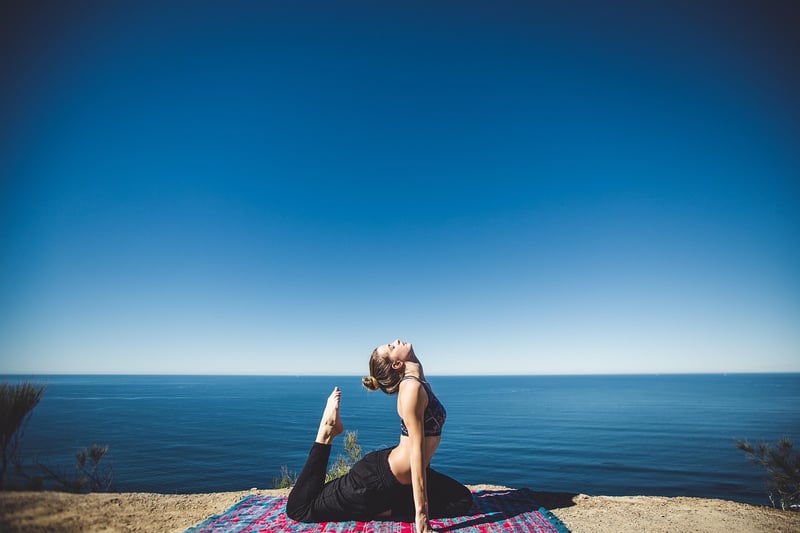Static Stretching
Enhance Your Flexibility with Static Stretching
Flexibility is a crucial component of overall fitness and can help improve performance in various physical activities. One effective way to enhance flexibility is through static stretching. This type of stretching involves holding a position that elongates the muscle for a prolonged period, allowing it to relax and lengthen. Incorporating static stretching into your fitness routine can lead to increased range of motion, reduced muscle tension, and improved posture. Let's explore the benefits and best practices of static stretching.
The Benefits of Static Stretching
- Increased flexibility and range of motion
- Improved circulation and blood flow to the muscles
- Enhanced muscular relaxation and stress relief
- Reduced risk of injury during physical activity
- Improved posture and alignment
Best Practices for Static Stretching
When incorporating static stretching into your workout routine, keep the following tips in mind:
- Perform static stretches after a warm-up or at the end of your workout when your muscles are warm.
- Hold each stretch for 15-30 seconds, breathing deeply and gradually increasing the stretch without bouncing.
- Focus on major muscle groups such as hamstrings, quadriceps, calves, shoulders, and back.
- Avoid overstretching to the point of pain; stretching should feel mildly uncomfortable but not painful.
- Stay consistent with your stretching routine to see long-term improvements in flexibility.
Examples of Static Stretches
Here are some common static stretches that you can incorporate into your routine:
- Hamstring Stretch: Sit on the floor with one leg extended and the other bent. Lean forward from your hips until you feel a stretch in the back of your thigh.
- Quadriceps Stretch: Stand and pull one foot towards your glutes, keeping your knees close together, until you feel a stretch in the front of your thigh.
- Shoulder Stretch: Bring one arm across your body and gently press it with the other arm until you feel a stretch in your shoulder.
- Trunk Rotation: Sit on the floor with your legs extended. Twist your upper body to one side, placing the opposite hand on the outside of the bent knee.
By incorporating static stretching into your fitness routine and following best practices, you can enhance your flexibility, improve performance, and reduce the risk of injury. Remember to listen to your body, be patient with your progress, and enjoy the benefits of a more flexible and functional body!

For more information on static stretching and flexibility exercises, consult with a fitness professional or physical therapist.
Stay flexible, stay healthy!
